At CarMax Trailer, we understand that operating and maintaining lowboy trailers requires expertise, precision, and a deep understanding of the machinery involved. Detaching a lowboy trailer is a critical procedure that, when executed correctly, ensures safety, preserves equipment integrity, and minimizes downtime. This guide provides a step-by-step approach to detaching a lowboy trailer, enriched with detailed insights, practical tips, and essential safety considerations to empower operators and fleet managers alike.
Understanding the Lowboy Trailer
Before delving into the detachment process, it’s essential to comprehend the fundamental aspects of a lowboy trailer. A lowboy trailer is a specialized flatbed trailer with a low deck height, designed to transport oversized and heavy equipment, such as construction machinery, wind turbine components, and industrial equipment. The low deck minimizes the center of gravity, enhancing stability during transport.
Key Features of a Lowboy Trailer
| Feature | Description |
|---|---|
| Low Deck Height | Provides a lower center of gravity for enhanced stability. |
| Axle Configuration | Multiple axles distribute weight evenly, accommodating heavy loads. |
| Winch System | Facilitates loading and unloading of heavy equipment efficiently. |
| Adjustable Ball Mount | Allows for precise hitching and detachment of the trailer. |
| Safety Chains | Ensures additional security between the tractor and trailer during transit. |
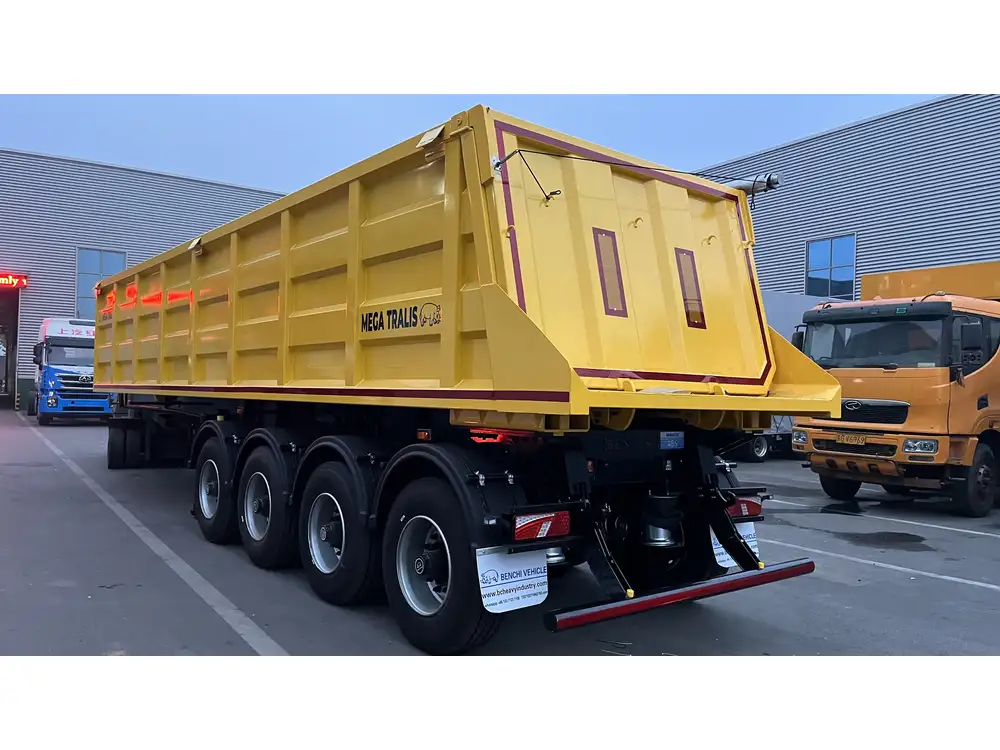
Step-by-Step Guide to Detaching a Lowboy Trailer
Detaching a lowboy trailer involves a systematic approach to ensure safety and equipment integrity. Follow these detailed steps to perform the detachment seamlessly.
1. Preparation and Safety Checks
a. Secure the Trailer and Equipment
- Park on Level Ground: Ensure both the tractor and trailer are on a stable, level surface to prevent unintended movement.
- Engage the Parking Brake: Activate the tractor’s parking brake to immobilize the vehicle.
- Chock the Wheels: Use wheel chocks on both sides of the trailer to provide an additional layer of security against rolling.
b. Communicate with Your Team
- Assign Roles: Designate responsibilities to team members, such as holding the brake, managing safety chains, or overseeing connections.
- Use Clear Signals: Establish clear communication protocols to coordinate actions during the detachment process.
2. Disconnecting Electrical and Air Lines
a. Power Down Systems
- Turn Off Ignition: Ensure the tractor’s ignition is off to prevent accidental engagement of systems.
- Disable Air Systems: Switch off the air supply to halt brake and suspension mechanisms.
b. Disconnect Electrical Connections
- Locate the Connector: Find the electrical connector between the tractor and trailer, typically situated behind the cab.
- Release the Locking Mechanism: Press the release tab to disengage the connector safely.
- Separate Cables Carefully: Disconnect the electrical pins without applying excessive force to avoid damage.

3. Removing Safety Chains
a. Unhook Safety Chains
- Identify the Connection Points: Locate the attachment points on both the tractor and trailer.
- Release the Chains: Detach the safety chains by unhooking them from their respective anchors.
- Inspect Chains for Damage: Examine the chains for any signs of wear or damage and replace if necessary.
4. Lowering the Trailer
a. Adjust the Landing Gear
- Extend Landing Gear Stands: Lower the trailer’s landing gear to support its weight independently.
- Verify Stability: Ensure the landing gear is firmly planted and the trailer is stable before proceeding.
b. Utilize the Winch System
- Engage the Winch: Activate the trailer’s winch to lower it to the ground, creating clearance for detachment.
- Monitor the Descent: Carefully observe the trailer’s descent to prevent sudden movements or tilting.
5. Unhitching the Trailer
a. Support the Trailer
- Use a Chain or Lever: Place a supporting chain or lever beneath the trailer’s pintle hook to maintain its position during detachment.
- Ensure Balance: Confirm that the trailer remains balanced and does not swing during the process.
b. Release the Hitch Lock
- Operate the Hitch Release: Depending on the trailer’s design, release the hitch lock using the appropriate mechanism.
- Separate the Tractor and Trailer: Gently pull the tractor forward to disconnect it from the trailer’s hitch.
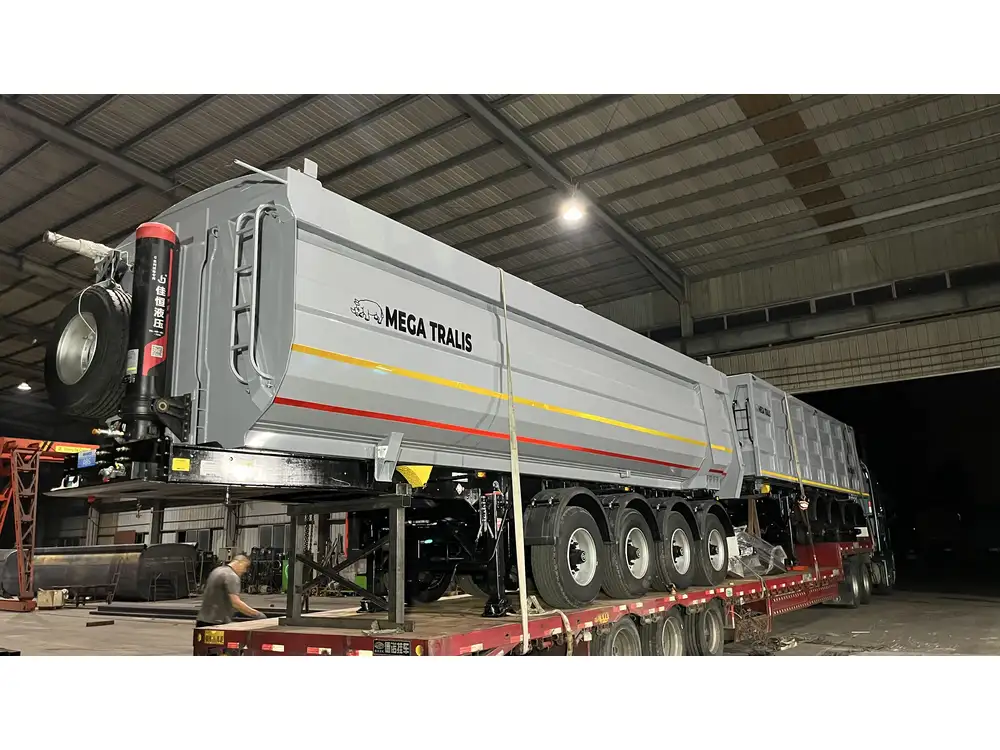
6. Finalizing the Detachment
a. Inspect Connections
- Check All Disconnections: Ensure that all electrical, air, and safety connections are fully disengaged.
- Secure the Trailer: Make any necessary adjustments to the landing gear and verify that the trailer is securely positioned.
b. Conduct a Safety Review
- Reconfirm Stability: Double-check that both the tractor and trailer are stable and properly secured.
- Review Equipment: Inspect all tools and equipment used during the detachment to ensure they are stored correctly.
Essential Equipment for Detaching a Lowboy Trailer
Having the right tools and equipment is paramount for executing a safe and efficient detachment. Below is a comprehensive list of essential items:
| Equipment | Purpose |
|---|---|
| Wheel Chocks | Prevents unintended movement of the trailer during detachment. |
| Safety Chains | Provides additional security between tractor and trailer. |
| Electrical Disconnect Tool | Facilitates safe disconnection of electrical connections. |
| Winch Operation Tools | Assists in lowering the trailer safely and effectively. |
| Landing Gear Tools | Ensures proper deployment and securing of the landing gear. |
| Communication Devices | Enables clear coordination among team members during detachment. |
| Personal Protective Equipment (PPE) | Protects operators from potential hazards during the process. |
Best Practices for Safe Detachment
Adhering to best practices enhances safety and efficiency during the detachment of a lowboy trailer. Implement the following strategies to optimize the process:

A. Regular Maintenance and Inspections
- Schedule Routine Checks: Conduct regular inspections of the trailer’s hitch, safety chains, electrical systems, and braking mechanisms.
- Address Wear and Tear: Promptly repair or replace any damaged components to maintain operational integrity.
B. Training and Education
- Provide Comprehensive Training: Ensure that all operators and support personnel are adequately trained in detachment procedures and safety protocols.
- Stay Updated on Regulations: Keep abreast of industry standards and regulatory changes to maintain compliance and safety.
C. Utilize Quality Equipment
- Invest in Reliable Tools: Use high-quality tools and equipment designed for trailer detachment to reduce the risk of malfunctions.
- Upgrade When Necessary: Replace outdated or worn-out equipment to maintain optimal performance and safety standards.

Common Mistakes to Avoid
Avoiding common pitfalls can significantly reduce the risk of accidents and equipment damage. Be aware of the following mistakes and take proactive measures to prevent them:
1. Skipping Safety Checks
Neglecting to perform thorough safety checks can lead to instability and potential accidents. Always prioritize securing the trailer and verifying all connections before proceeding.
2. Improper Communication
Lack of clear communication among team members can result in miscoordination and unintended movements. Establish clear communication protocols and ensure all team members understand their roles.
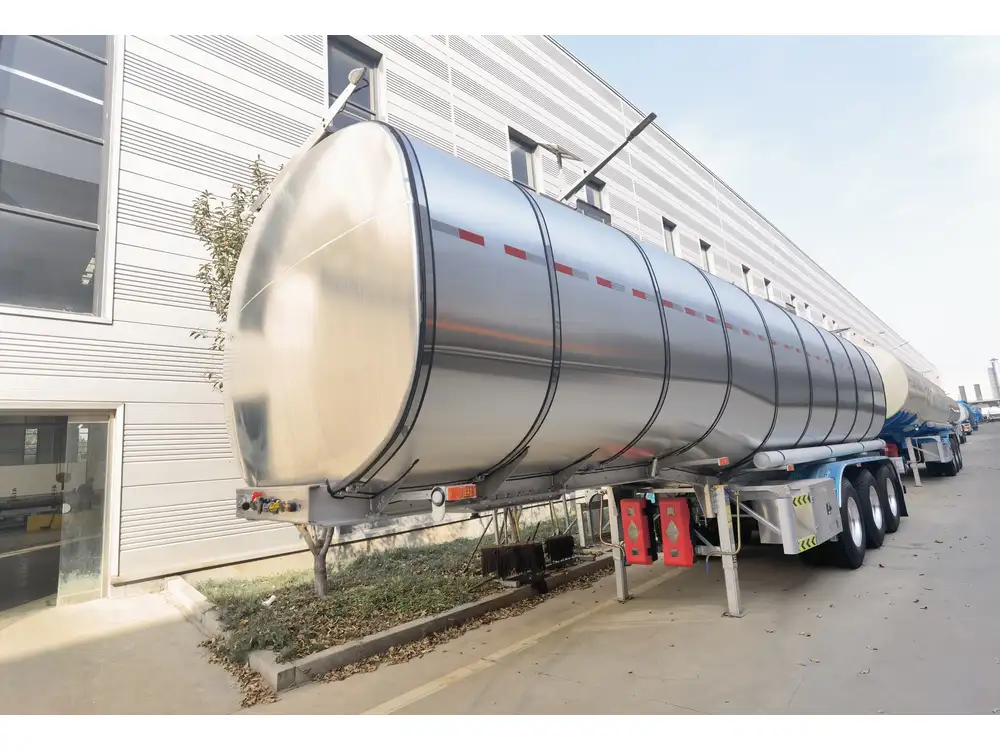
3. Rushing the Process
Attempting to detach the trailer too quickly can compromise safety and lead to equipment damage. Take the necessary time to follow each step meticulously.
4. Ignoring Maintenance
Overlooking regular maintenance can cause equipment failure during detachment. Implement a consistent maintenance schedule to ensure all components are in proper working condition.
Safety Precautions to Uphold
Maintaining stringent safety standards is non-negotiable when detaching a lowboy trailer. Adhere to the following safety precautions to safeguard personnel and equipment:

A. Wear Appropriate PPE
- Helmets and Gloves: Protect against physical injuries during the detachment process.
- High-Visibility Clothing: Ensures team members are easily seen, reducing the risk of accidents.
B. Secure the Work Area
- Clear the Surroundings: Remove any obstacles or debris that could interfere with the detachment process.
- Establish a Safe Zone: Designate a perimeter to keep unauthorized personnel at a safe distance.
C. Monitor Environmental Conditions
- Check Weather Conditions: Avoid detaching the trailer under adverse weather conditions, such as high winds or heavy rain, which can impact safety.
- Ensure Adequate Lighting: Perform detachment in well-lit areas to enhance visibility and reduce the risk of errors.
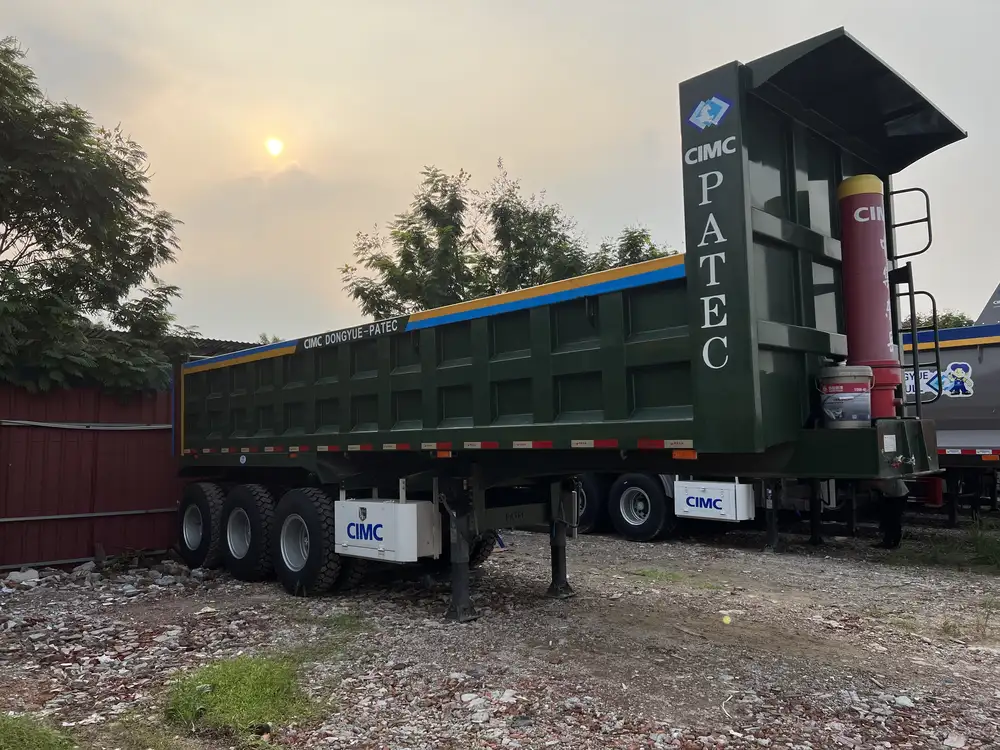
Leveraging Technology for Enhanced Detachment
Incorporating advanced technology can streamline the detachment process, improve safety, and increase efficiency. Consider integrating the following technologies into your operations:
1. Automated Hitch Systems
Automated hitch systems simplify the attachment and detachment process, reducing manual effort and minimizing the potential for human error.
2. Telemetry and Monitoring
Implementing telemetry systems allows for real-time monitoring of trailer status, providing valuable insights into operational performance and maintenance needs.

3. Mobile Applications
Utilize mobile applications designed for fleet management to coordinate detachment procedures, track maintenance schedules, and communicate with team members seamlessly.
Troubleshooting Common Detachment Issues
Encountering challenges during the detachment process is not uncommon. Address the following common issues effectively to maintain smooth operations:
A. Stuck Hitch Mechanism
Solution:
- Apply Penetrating Oil: Use a lubricant to loosen any rust or debris hindering the hitch mechanism.
- Gently Tap with a Rubber Mallet: Carefully tap the hitch components to dislodge any stuck parts without causing damage.

B. Damaged Safety Chains
Solution:
- Inspect for Integrity: Check the safety chains for signs of wear, cracks, or deformation.
- Replace if Necessary: Replace any compromised chains immediately to maintain safety standards.
C. Faulty Electrical Connections
Solution:
- Check Connectors for Damage: Inspect the electrical connectors for bent pins or corrosion.
- Clean or Replace Connectors: Clean the connectors using appropriate tools or replace them if they are irreparably damaged.
Enhancing Efficiency in Detachment Procedures
Optimizing the detachment process can lead to significant time and cost savings. Implement the following strategies to enhance efficiency:
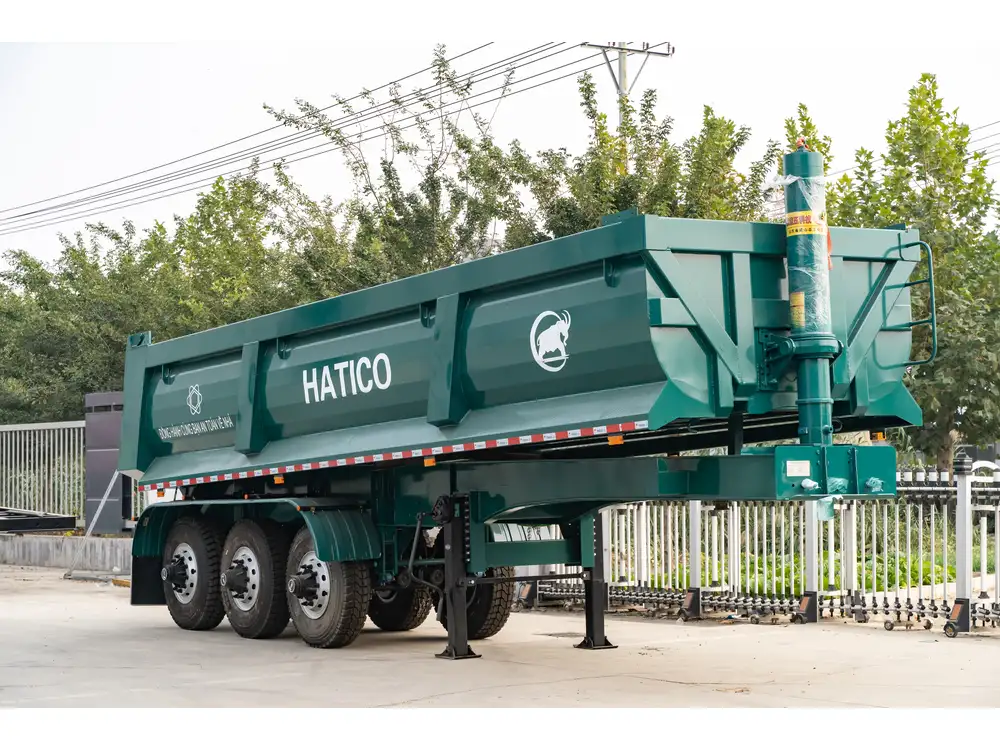
A. Streamline Workflow
- Standardize Procedures: Develop standardized detachment protocols to ensure consistency and reduce variability.
- Minimize Steps: Evaluate the detachment process to identify and eliminate unnecessary steps, speeding up the procedure without compromising safety.
B. Invest in Training
- Ongoing Education: Provide continuous training opportunities to keep team members updated on best practices and new technologies.
- Cross-Training: Train personnel in multiple roles to increase flexibility and adaptability during detachment operations.
C. Optimize Equipment Usage
- Maintain Tool Readiness: Ensure that all tools and equipment are readily available and in good working condition.
- Implement Inventory Management: Keep track of tools and spare parts to prevent delays caused by missing or unavailable equipment.
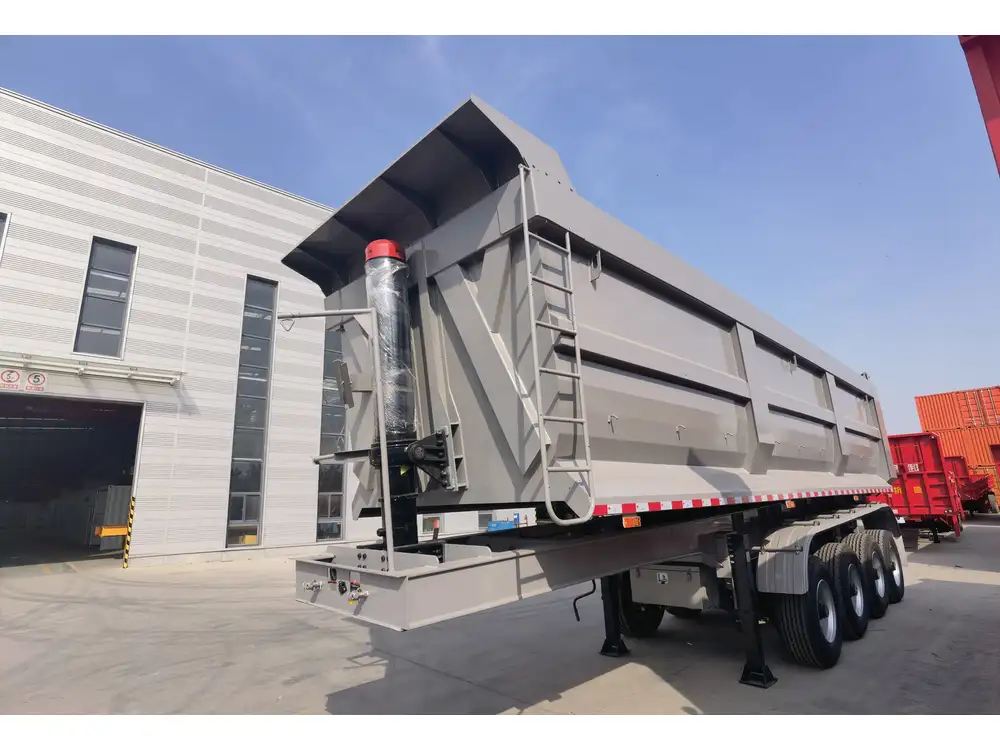
The Role of CarMax Trailer in Facilitating Seamless Detachment
At CarMax Trailer, we are committed to providing high-quality lowboy trailers designed for optimal performance and ease of use. Our trailers feature innovative designs that simplify the detachment process, incorporating advanced hitch systems, robust safety mechanisms, and user-friendly controls. By choosing CarMax Trailer, you invest in reliability, safety, and efficiency, ensuring that your detachment operations are executed flawlessly every time.
Frequently Asked Questions (FAQs)
1. What are the common tools required to detach a lowboy trailer?
To detach a lowboy trailer safely, you will need wheel chocks, safety chains, an electrical disconnect tool, winch operation tools, landing gear tools, communication devices, and personal protective equipment (PPE) such as helmets and gloves.

2. How often should I inspect my lowboy trailer’s hitch and safety chains?
Regular inspections are crucial for maintaining safety and operational integrity. It is recommended to inspect the hitch and safety chains before each use and conduct thorough maintenance checks at least monthly or according to the manufacturer’s guidelines.
3. What safety measures should I take when detaching a lowboy trailer in adverse weather conditions?
In adverse weather conditions, prioritize safety by securing the trailer on stable ground, using wheel chocks, ensuring proper lighting, and avoiding detachment if conditions are too hazardous. If detachment is necessary, proceed with heightened caution and utilize additional safety equipment as needed.
4. Can technology improve the detachment process of a lowboy trailer?
Yes, integrating advanced technologies such as automated hitch systems, telemetry and monitoring solutions, and mobile applications can streamline the detachment process, enhance safety, and increase operational efficiency.
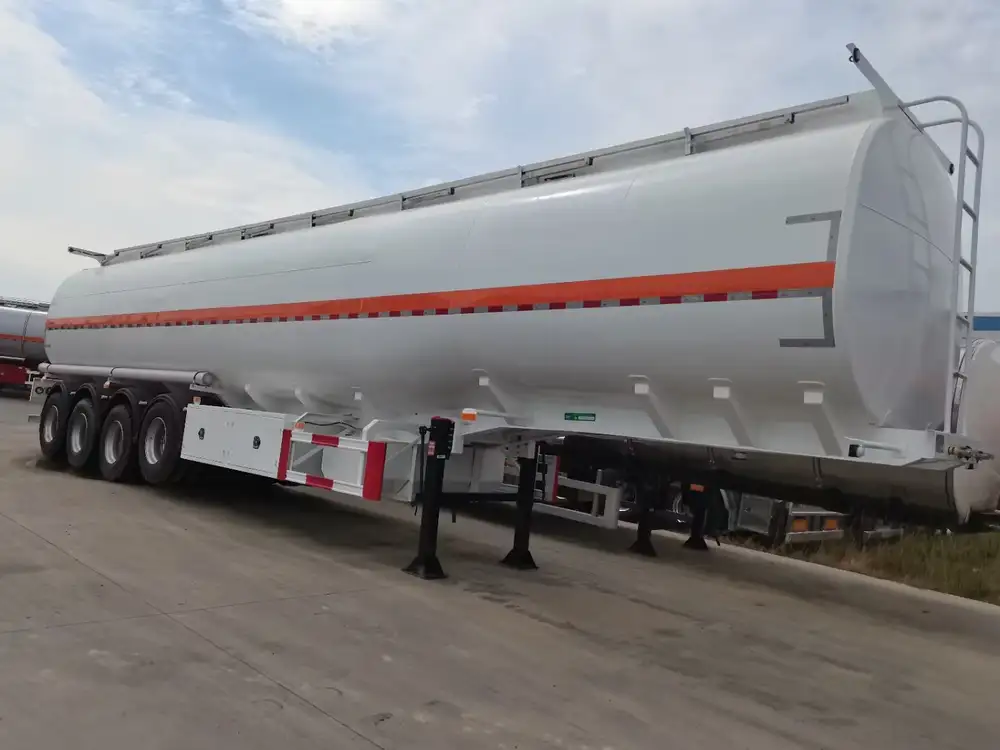
5. What should I do if the trailer fails to detach properly?
If the trailer fails to detach properly, cease all operations immediately to prevent damage or accidents. Inspect the hitch mechanism, safety chains, and electrical connections for any issues. Apply troubleshooting steps such as lubricating stuck parts or replacing damaged components, and consult the manufacturer or a professional technician if the problem persists.
By adhering to the comprehensive guidelines outlined above, operators and fleet managers can ensure safe, efficient, and effective detachment of lowboy trailers. At CarMax Trailer, we are dedicated to supporting your operations with reliable equipment and expert insights, empowering you to navigate the complexities of trailer management with confidence and ease.



